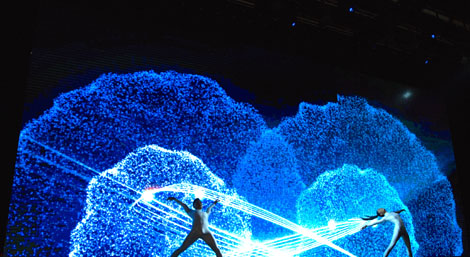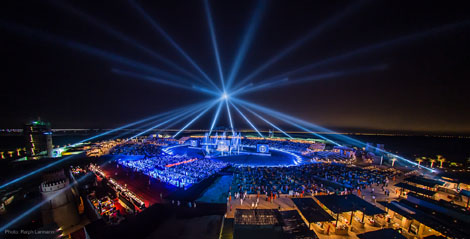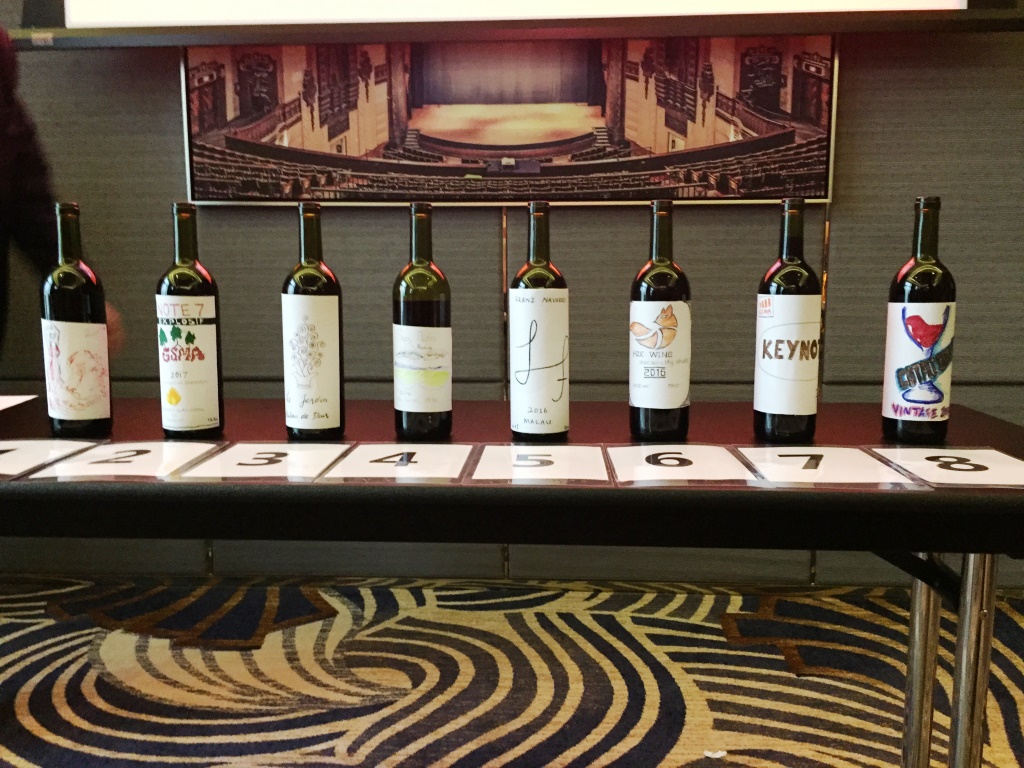
Live Communication has changed ever so drastically in recent years. With new technologies constantly emerging in the event industry, advertising and other traditional marketing methods are no longer sufficient in the current digital age.
How live experiences become a holistic extension of the brand’s marketing initiatives is a critical element for next-gen marketing. From life-size interactive exhibitions that showcase new products to small-scale installations, Live Communication is a fundamental channel to tell a story and engage audiences at a much higher participation rate.
We champion the idea of “Experiential 2.0” where the physical and digital worlds are converging to create a new landscape for brand marketers and entertainers. Experiential marketing has taken on a whole new meaning as a result, in which it is best encapsulated with the following formula: “Architecture + Content + Technology = Experience.” We maintain that the key three trends in the industry include the importance of content, the critical element of audience interaction and the need to engage people on a very personalised level.
The purpose of Live Communication is to create an experience that connects the brand and customer in an engaging way, and technology is an essential platform used to help achieve this. Every brand has its own story to tell, and how we tell the story lies in the tools we use. The term “live” in Live Communication is unified with technology and thus inseparable. In order to tell a compelling story that fully engages the audience, creativity and technology must work hand in hand to create larger than life experiences that connect the audience on an emotional level, creating not only a stunning appeal, but also a sensational experience for all.

The goal with every project should be to create an experience that is so sensational and powerful it will imprint a lasting impression upon all those present, and this can be done by utilising innovative technologies that have become critical to creating new experiences and telling stories in creative ways:
Projection mapping – this technology has become increasingly used in the events industry. It is used to turn objects into different display surfaces, allowing brands to tell a whole new type of story. Immersing the guests into worlds that change and evolve in front of you creates an impact to engage the audience at the highest level.
Gesture-based control systems – This is where performers control the content on large screens through their movements. Uniplan has used this to produce awe-inspiring performances combining interactive live visuals, dance movements and sound to create a compelling and unified experience that leaves guests with a lasting impression.
Multi-screen environments – The venue needs to be engaging, smart in design and highly interactive; companies must now design for multi-screen environments, which would encompass not just brand strategy, storytelling, technology but also architecture, entertainment, software, design and moving images. In the fast-paced market, bombarded constantly with all facets of media, this is the most effective and comprehensive way forward for experiential marketers.
Emotional tech
Contemporary dance and theatrical producers, such as Stalker Theatre company, in Australia, have been working with interactive projection software experts to come up with dramatic backdrops for performances, writes Joyce Lau. Here are other digital innovations that may find their way into corporate events.
Substance simulation
Substance simulation uses computer graphics to animate substances such as smoke and water. It can be combined with projection mapping to enliven an event space.The new Pestana Berlin Tiergarten Hotel features an interactive floor projection of water on the floor of the foyer, where visitors can create waves by stepping on the projection.
Photogrammetry
Aerial photos of landscapes and architecture are used to map terrain models and 3D structures. Combined with virtual-tour software, these images can be used to create futuristic, promotional videos. The International Convention Centre Sydney produced an animated 3D video of how the site might look when it opens in 2016.


